Urban design plays a crucial role in creating engaged and connected cities, helping to facilitate human interaction and shared experience.
The Urban Developer spent some time researching key urban design trends and changes we are likely to see.
Over the past few years there was been an emergence in IoT-integration and “place-making”, with biophilic design and re-urbanisation coming to the forefront as more current themes.
So, what else has changed in the world of urban design and development?
1. Going Green
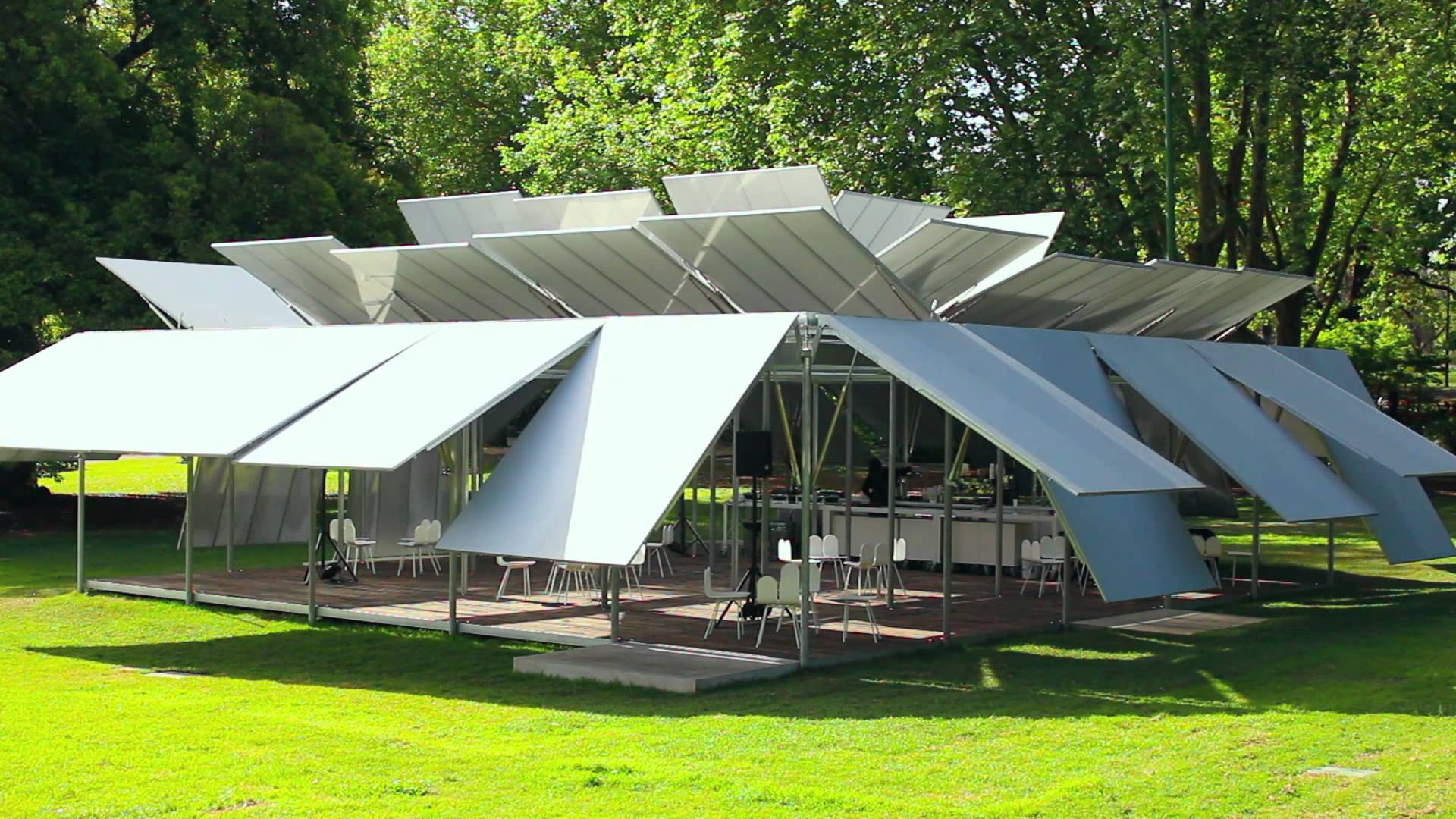
A wealth of evidence-based research extols the virtues of nature – it’s good for our mental well-being and overall health.
Studies suggest that spaces that embrace the trend of greenery and biophilic design can inspire creativity and even improve brain function.
The consideration of local landscapes when redesigning urban areas has become a major trend, 2017 was the year that biophilic design boomed – see Amazon’s orb-shaped rainforest HQ in Seattle as an example – and in Australia at least, it finally felt as if an increasing interest in sustainability and the use of renewable materials was taking off in our urban design.
Urban planners are finding more innovative ways in which to weave nature into city urban design as councils have slowly implemented mandatory greening requirements.
Incorporating nature into traditionally urban spaces such as rooftops create a feeling of the outdoors without the need to leave the city.
Related reading: Urban Farm Creates Much-Needed Retail ‘Customer Experience’
2. Re-Urbanisation
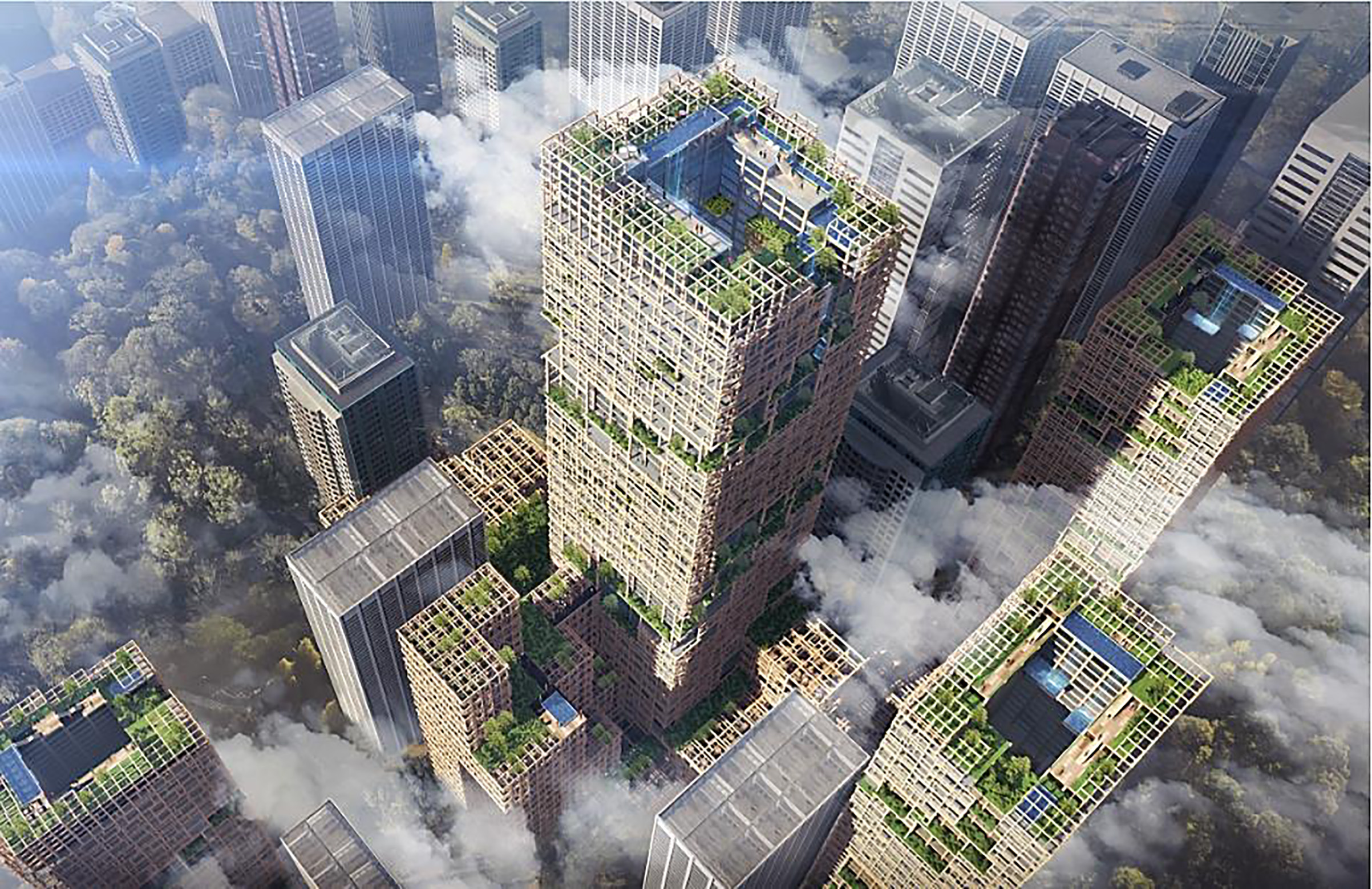
The great Australian dream of home ownership prompted the suburban sprawl during the second half of the 20th century.
After decades of affordable land release and large residential blocks, there’s been trend towards “reviving” our urban centres.
We’re moving away from the house and land suburban emptiness and re-embracing cities as the knowledge and innovation-based economy becomes ever more dominant.
Over the past decade, small-scale policy interventions in urban design have attempted to repopulate the inner- and middle-urban areas.
Subdivision, smaller block sizes, zoning changes and infill development are all regulatory measures that have been implemented in various measures to repopulate Australia’s urban areas.
“Our public spaces are at the heart of democratic living.”
--Author of ‘Public Space’ Stephen Carr
3. Digitalisation
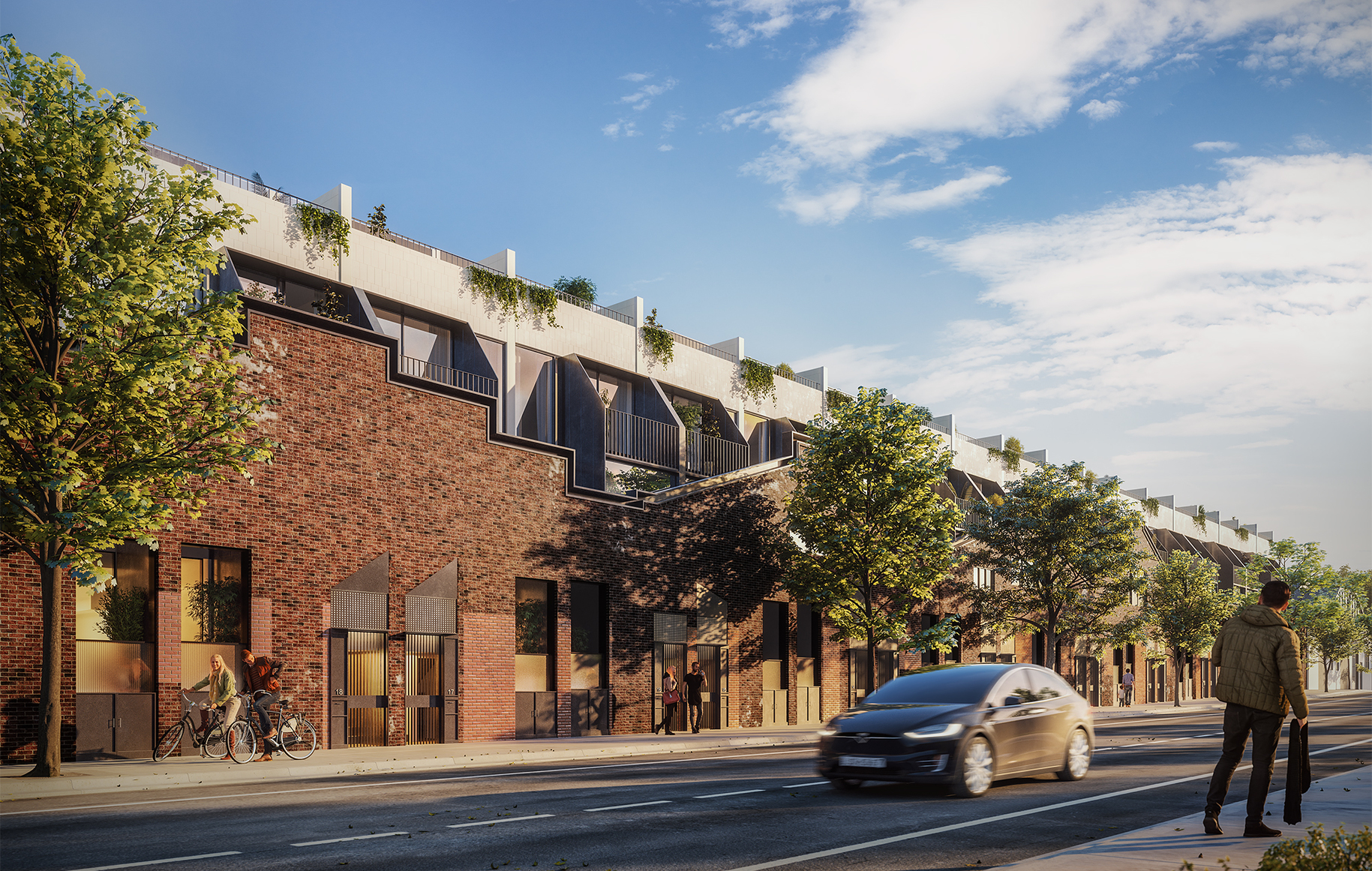
With technology integrated into new buildings as a rule rather than an exception, the digital age does indeed seem to be upon us.
The major driver for innovation in this sector has been the trend in energy and sustainability with “IoT” intelligent buildings monitoring resource consumption, boosting efficiency and reducing energy costs.
More and more digital technologies are integrated into urban design, reaching from basic elements such as LCD screens instead of traditional billboards to embedded technology leading to trends in smart buildings and computer automation.
Urban connectivity is rapidly growing in importance for urban design.
By digitally connecting public transport, social services, health and public spaces to increase accessibility and create higher efficiency, the face of our cities will continue to visibly have key trends in the evolution towards a more digital world.
4. The ‘Retail Reinvention’
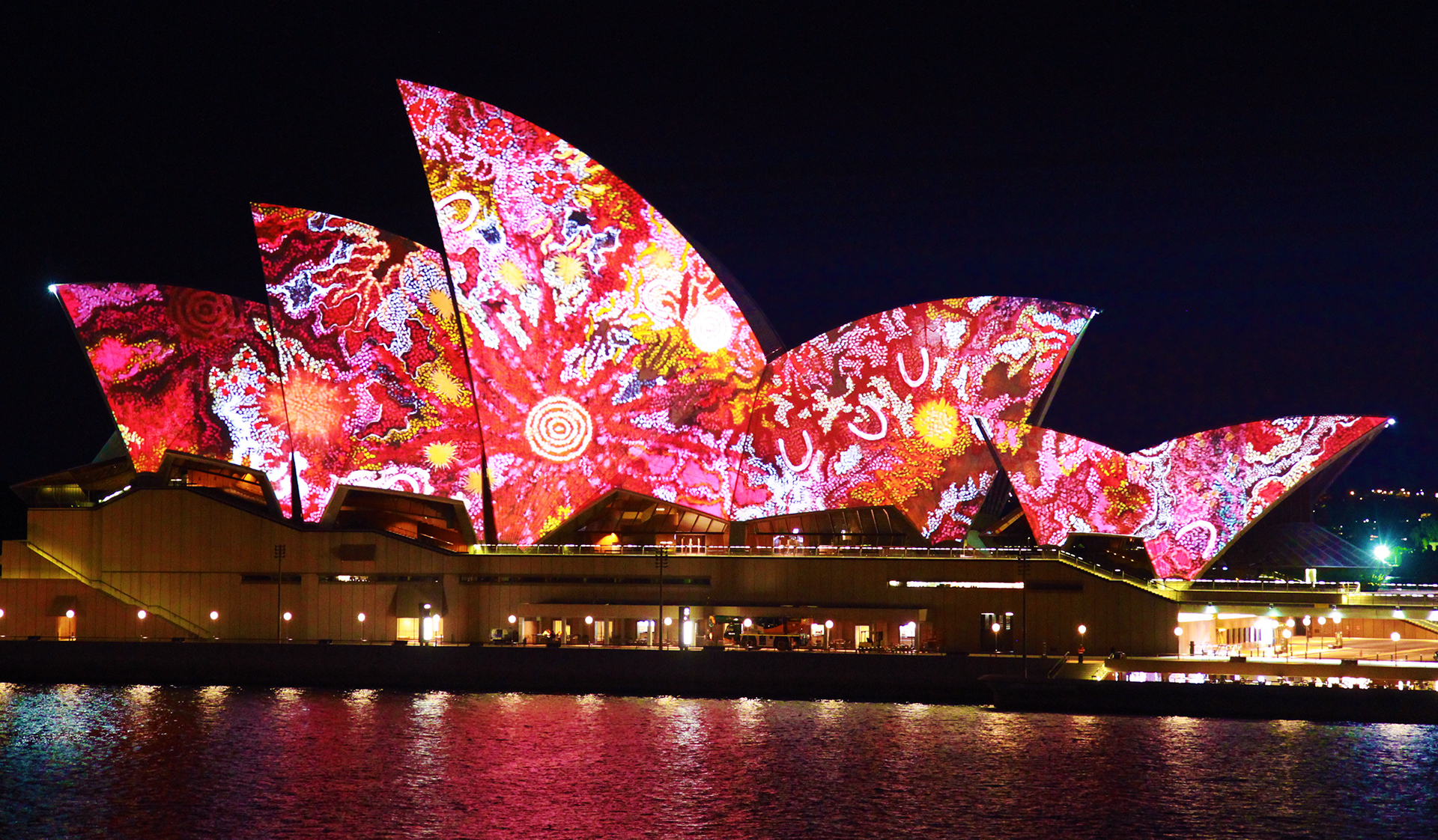
Where 2017 was the year of key trends in “placemaking”, 2018 is the year of the “experience”, with the retail industry leading the way for reinvention in this area.
The retail industry suffered through 2017, with sentiment fading and retail sales falling short of already-lacklustre expectations.
Omnichannel retailing, a multichannel approach to sales that focuses on designing a cohesive user experience, is trending – and retailers have turned to experience-based retail in order to attract, and keep, customers in a space.
The experience-based retail trend is certainly expected to continue throughout 2018, as retailers focus on entertainment to attract the disposable incomes of millennials.
5. Future Proofing
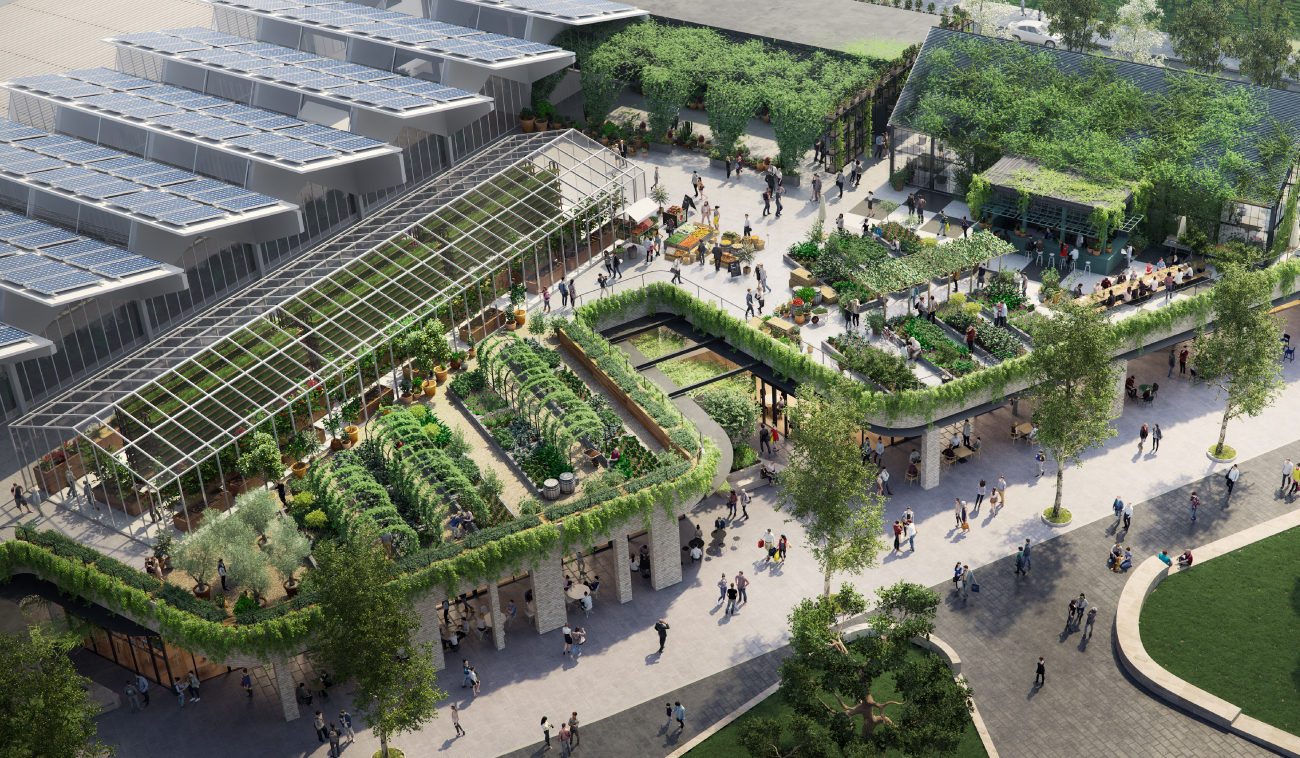
Shifts in our environment, demographic changes and technological advances demands a re-thinking of traditional urban design.
Changes in the trends of temperature and sea levels and an increase of natural disasters have to be considered when designing a sustainable and future-proof city, leading to innovative urban design and changing structures.
In addition to the trend of designing cities ready for environmental challenges, demographic shifts of a city’s population are being considered.
Increasing demand for senior apartments and changing family sizes requires new housing solutions, which will influence the way new apartment complexes are built in 2018 and the years to follow and prepare cities and their urban design for the future.
6. Walkability
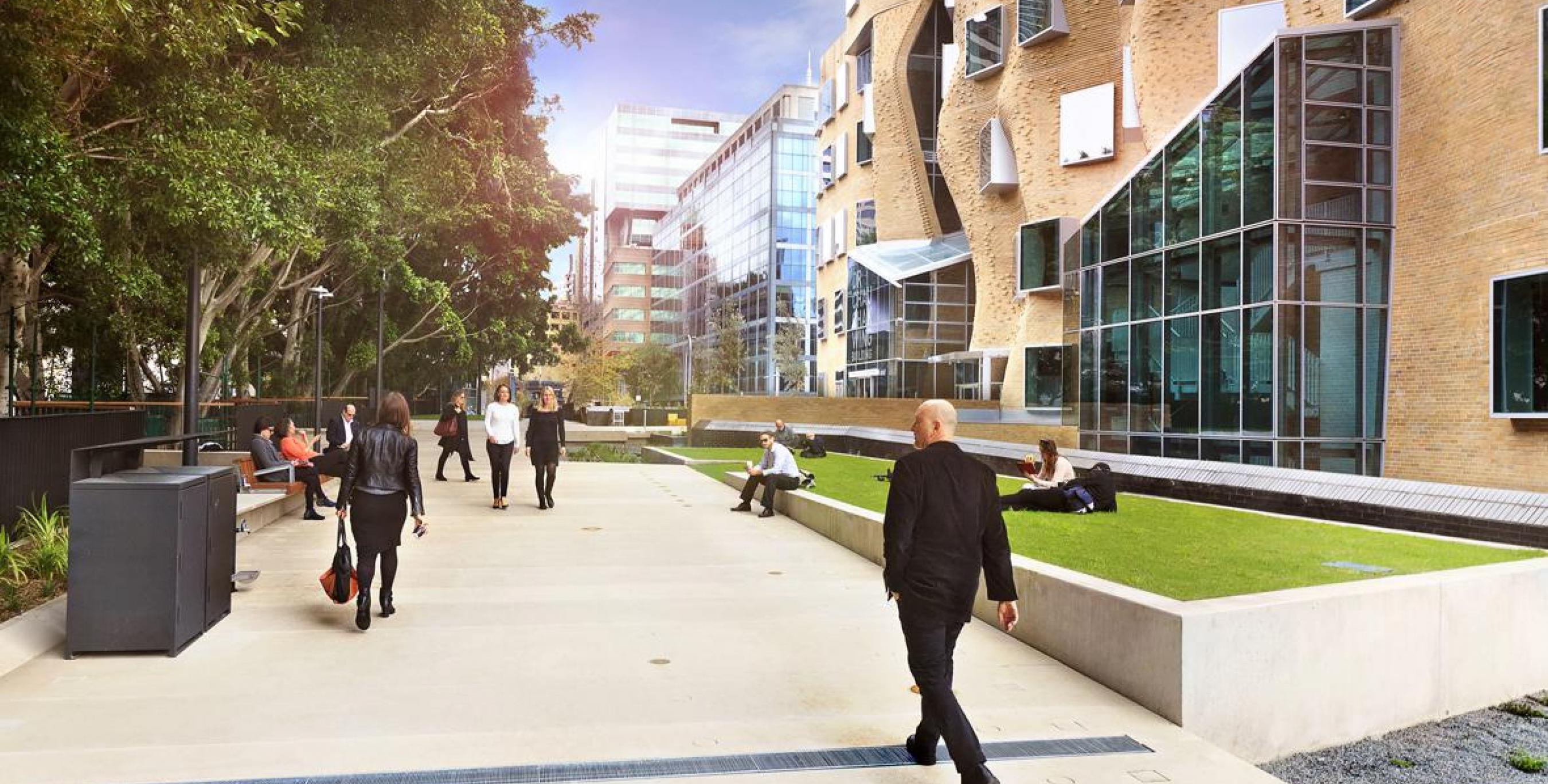
Australians have shown an increasing interest in the trend of “walkability”.
An increase in urbanisation, higher costs of living, pressure on existing infrastructure and the constant focus on health and fitness has lead to an increased demand for footpaths and accessible public spaces.
New businesses, apps and government initiatives increase funding, strengthening this trend and providing an incentive for urban planners.
Walkable urban places rent at an average 74 per cent higher premium over drivable suburban areas, increasing the interest of both developers and investors into creating walkable spaces within cities.
7. Inclusion of Personal Sanctuaries
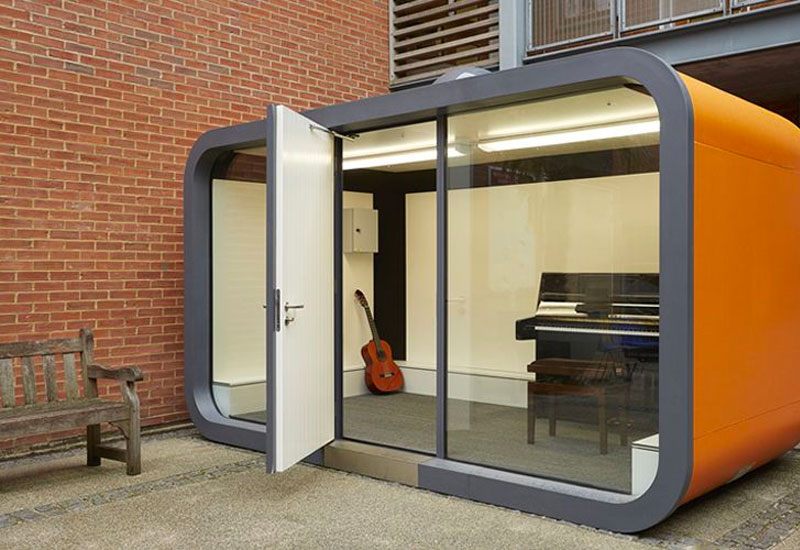
Less available space leads to smaller units and living areas. In response to overstimulation and lack of privacy, people often look for personal space outside of their home in areas such as workplaces, retail and residential environments.
Urban planners are required to create sanctuaries that provide space for people aiming to escape disconnect without having to travel far from their usual daily route.
Alternative development models are also blurring the line between public and private space, with people more likely to seek privacy and rest outside of their home sanctuary. An increased interest in sharing economy has led to new trends in urban design of cooperative housing and public sharing of previously private spaces.
Related: How Developing Without Developers Can Shape the Future of Australian Cities














